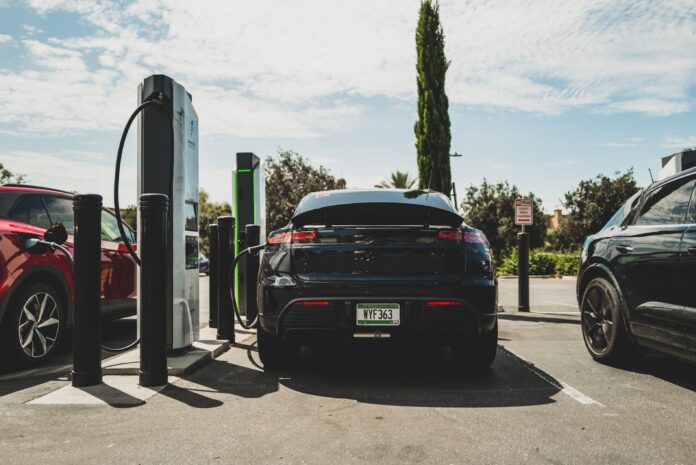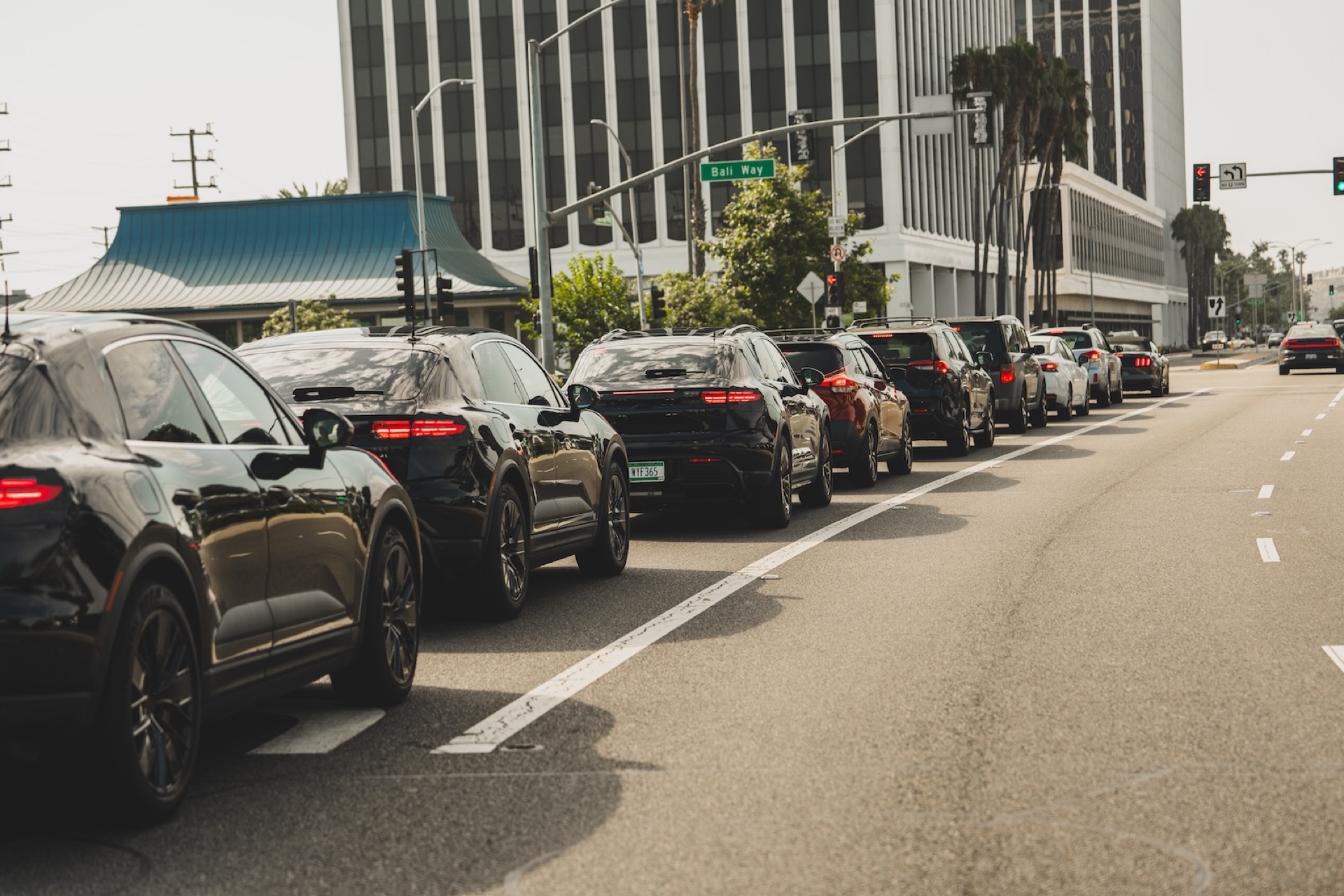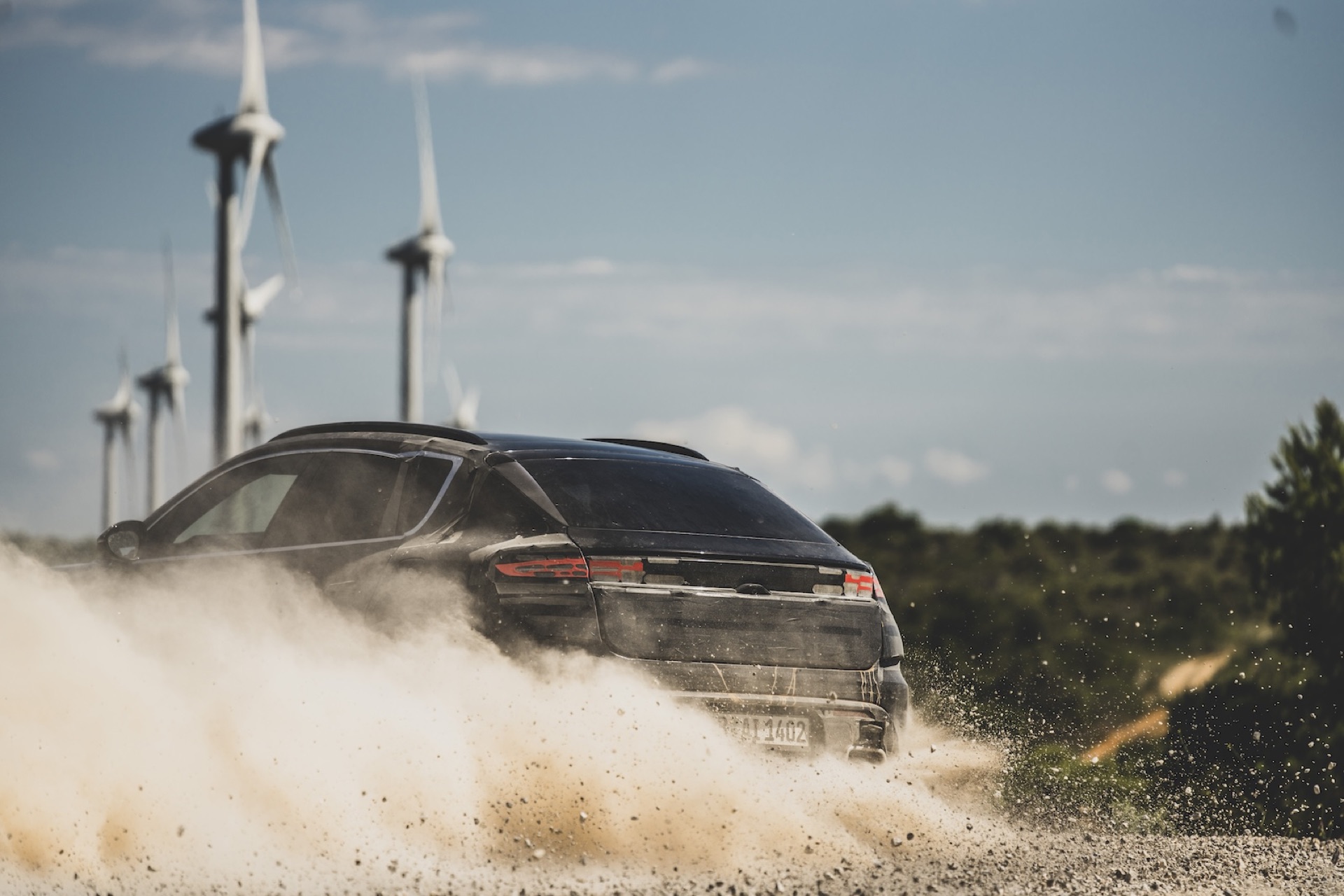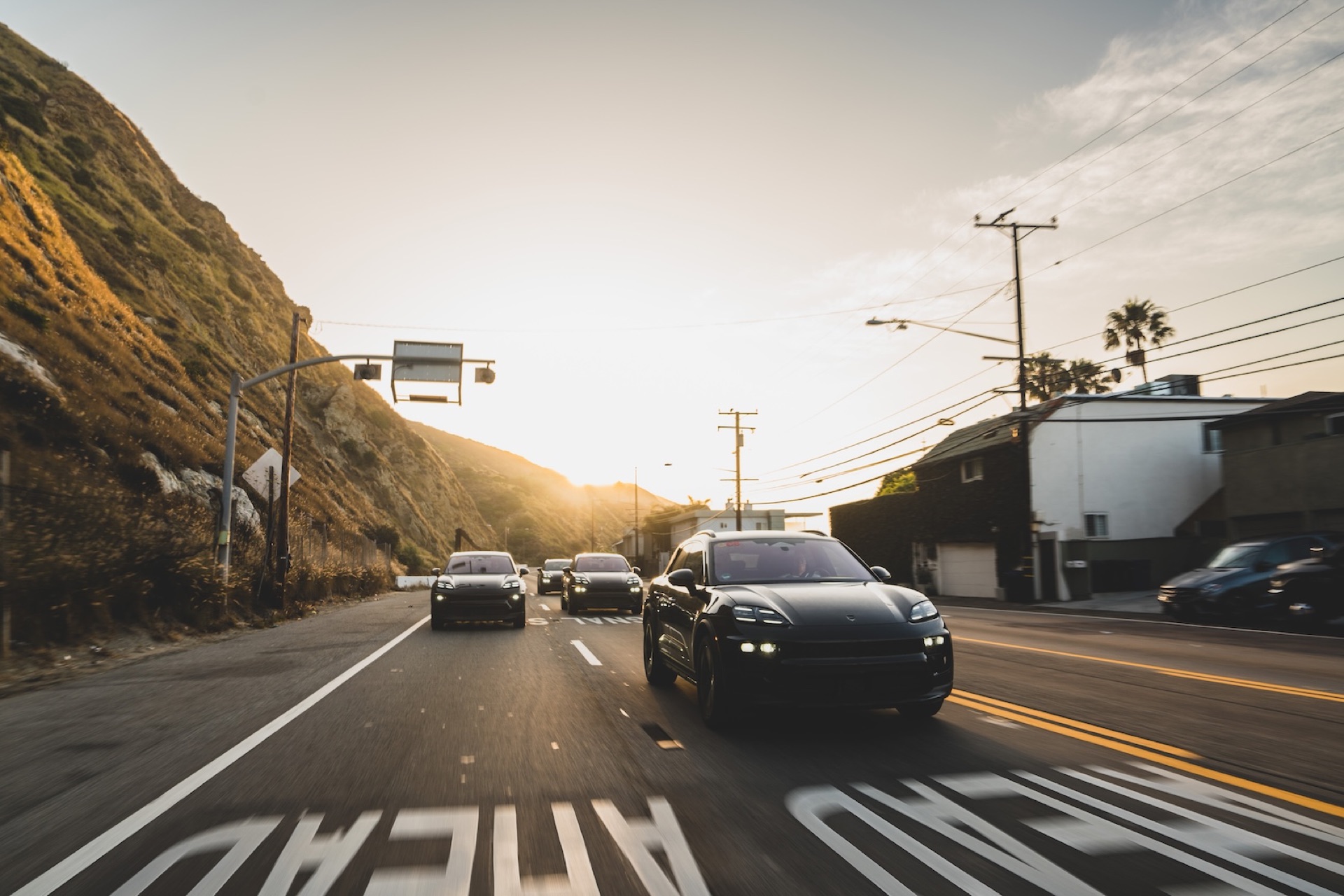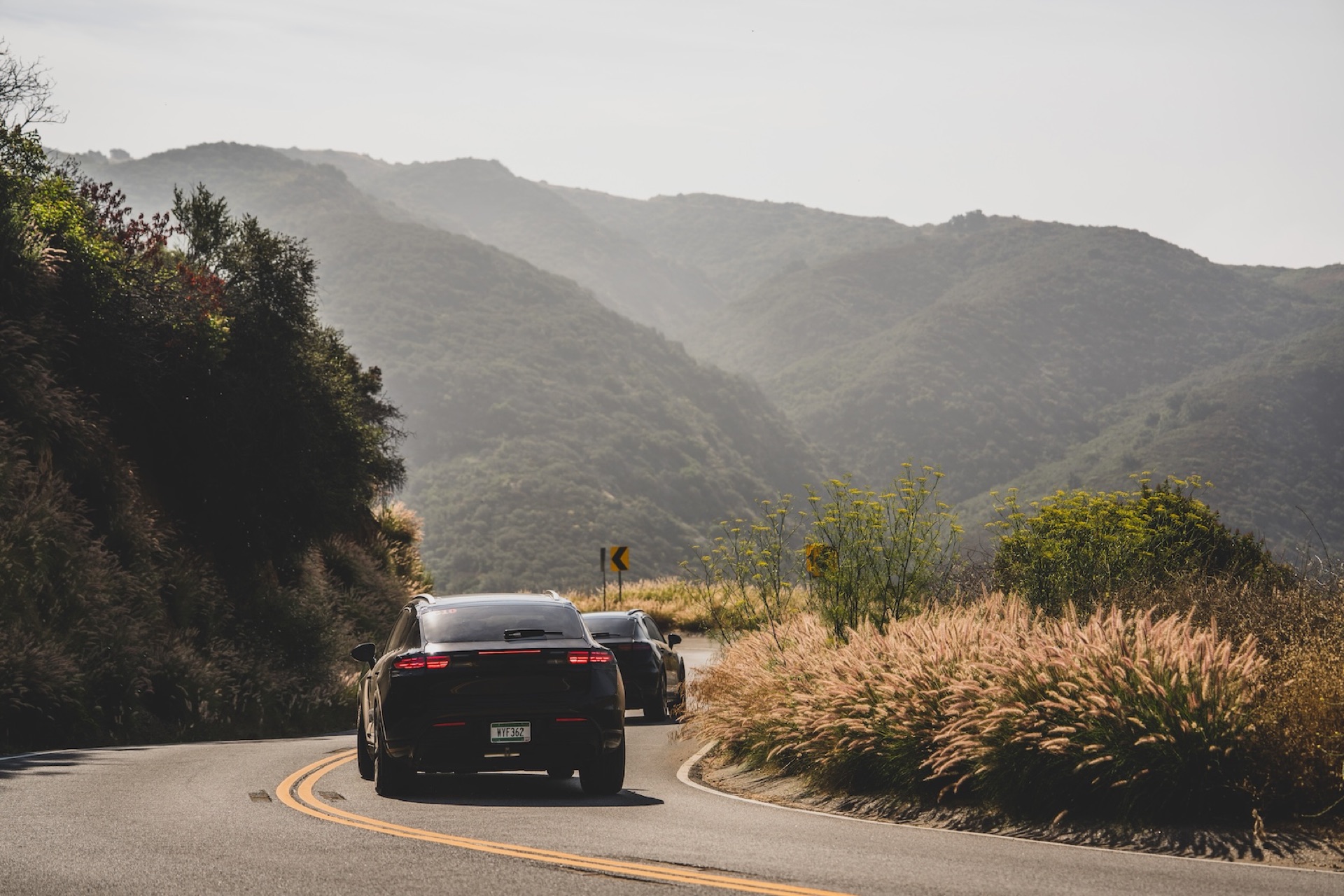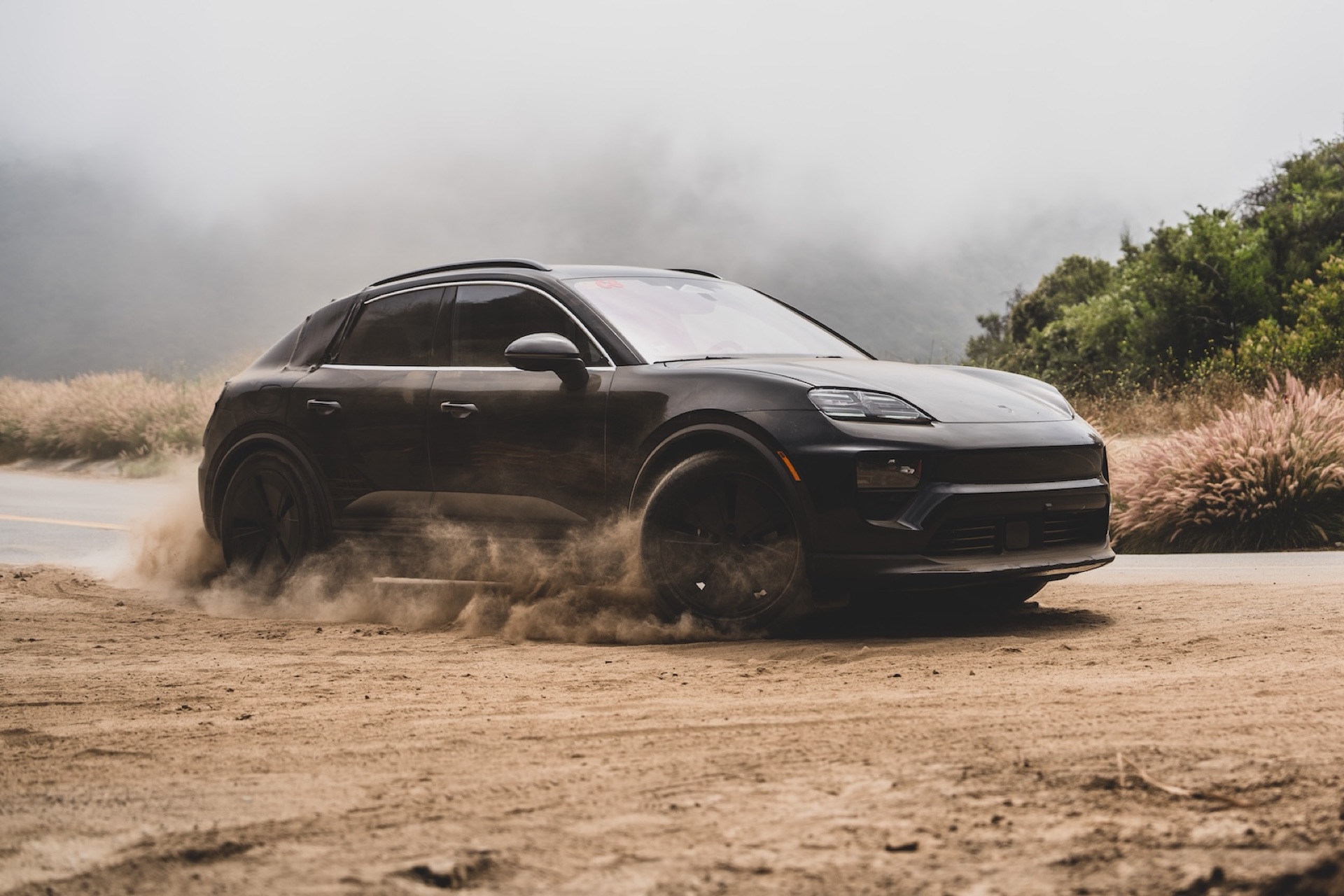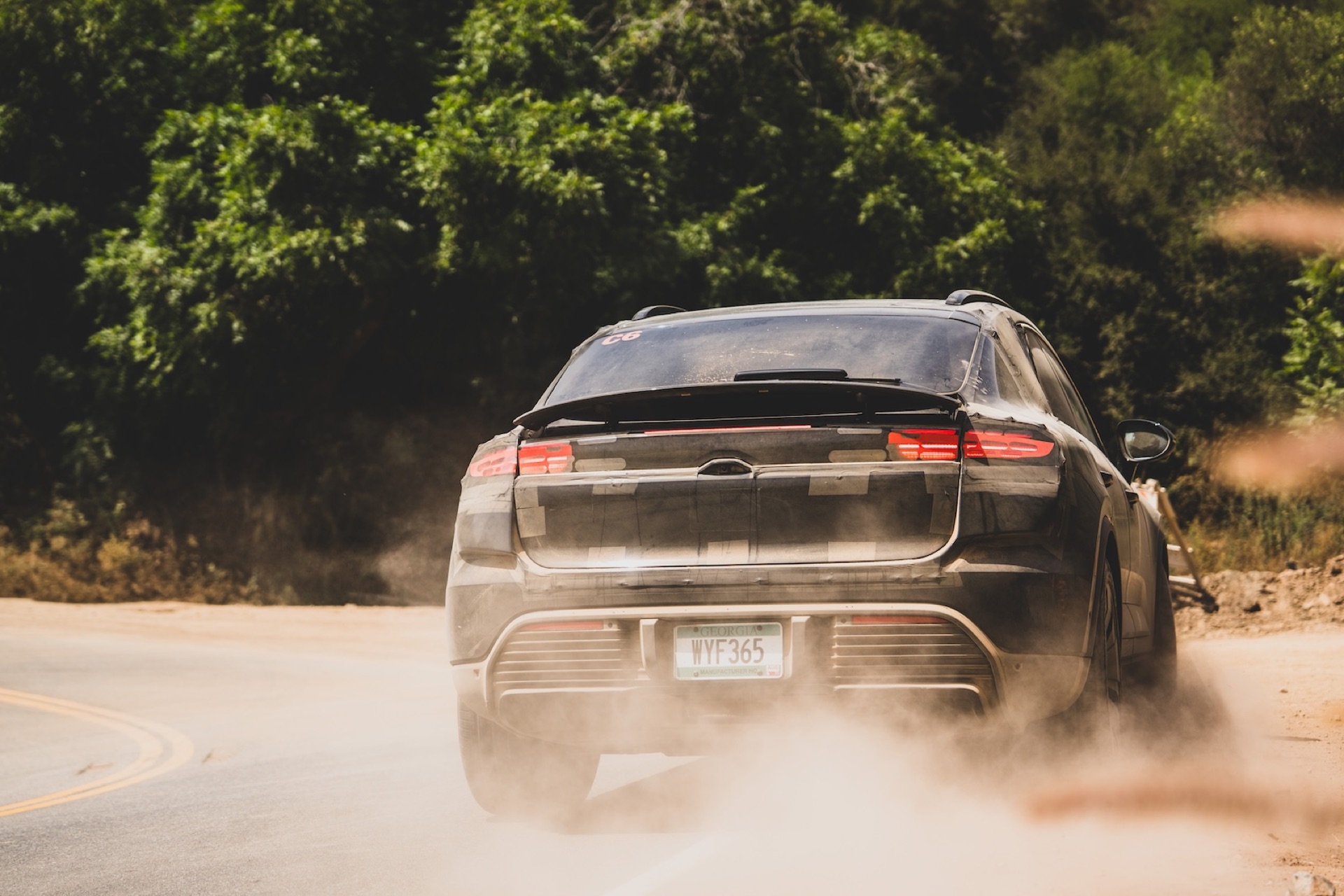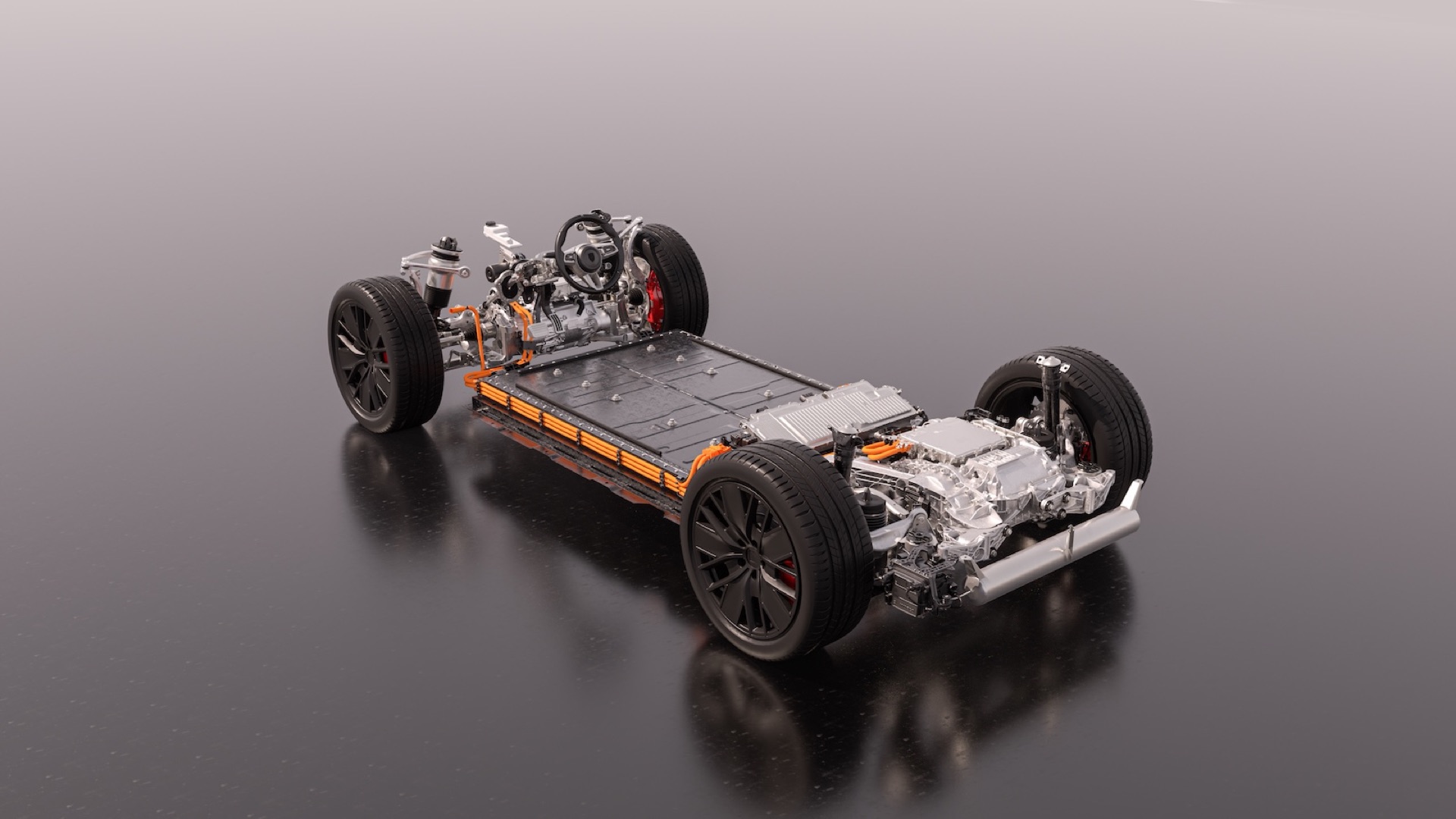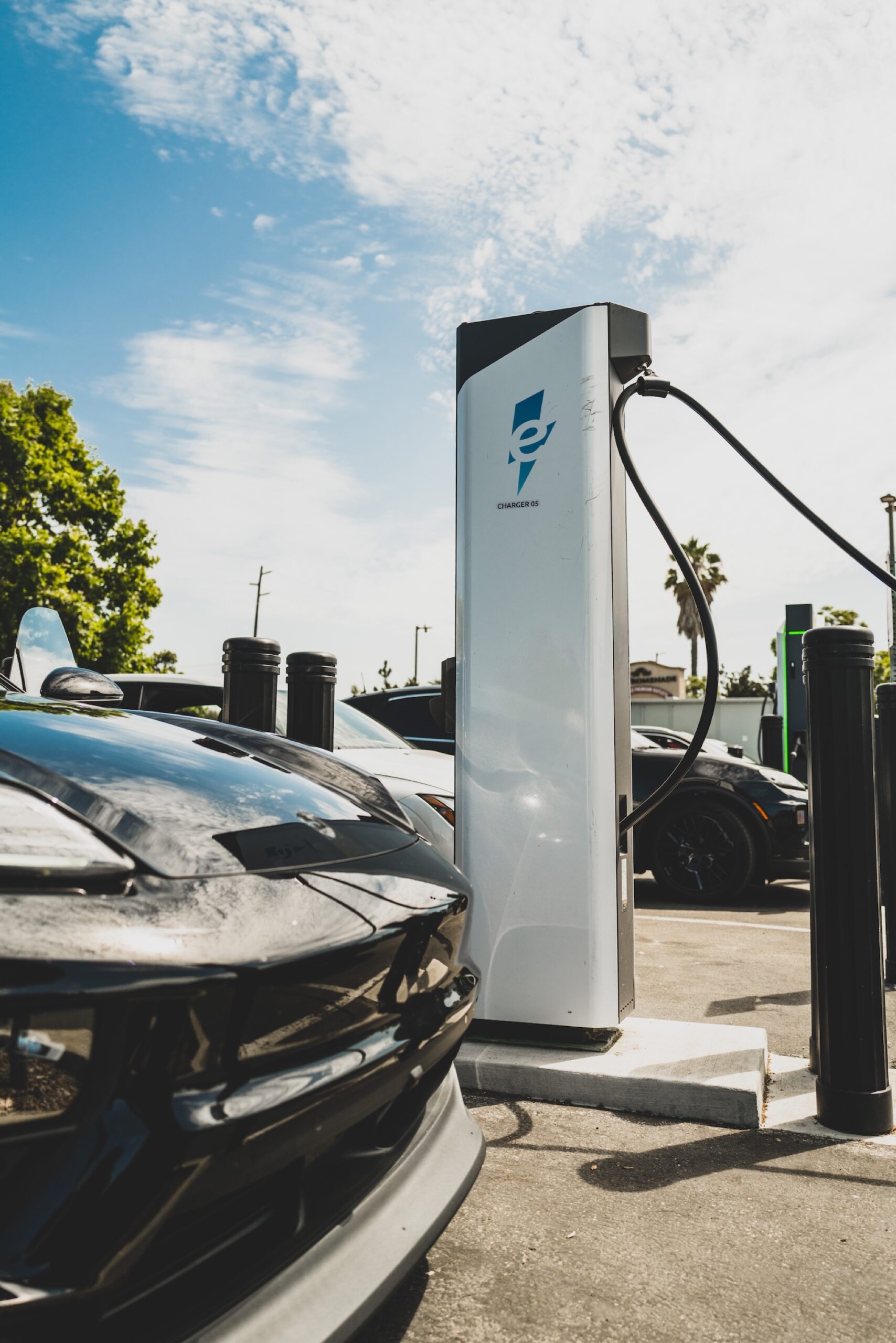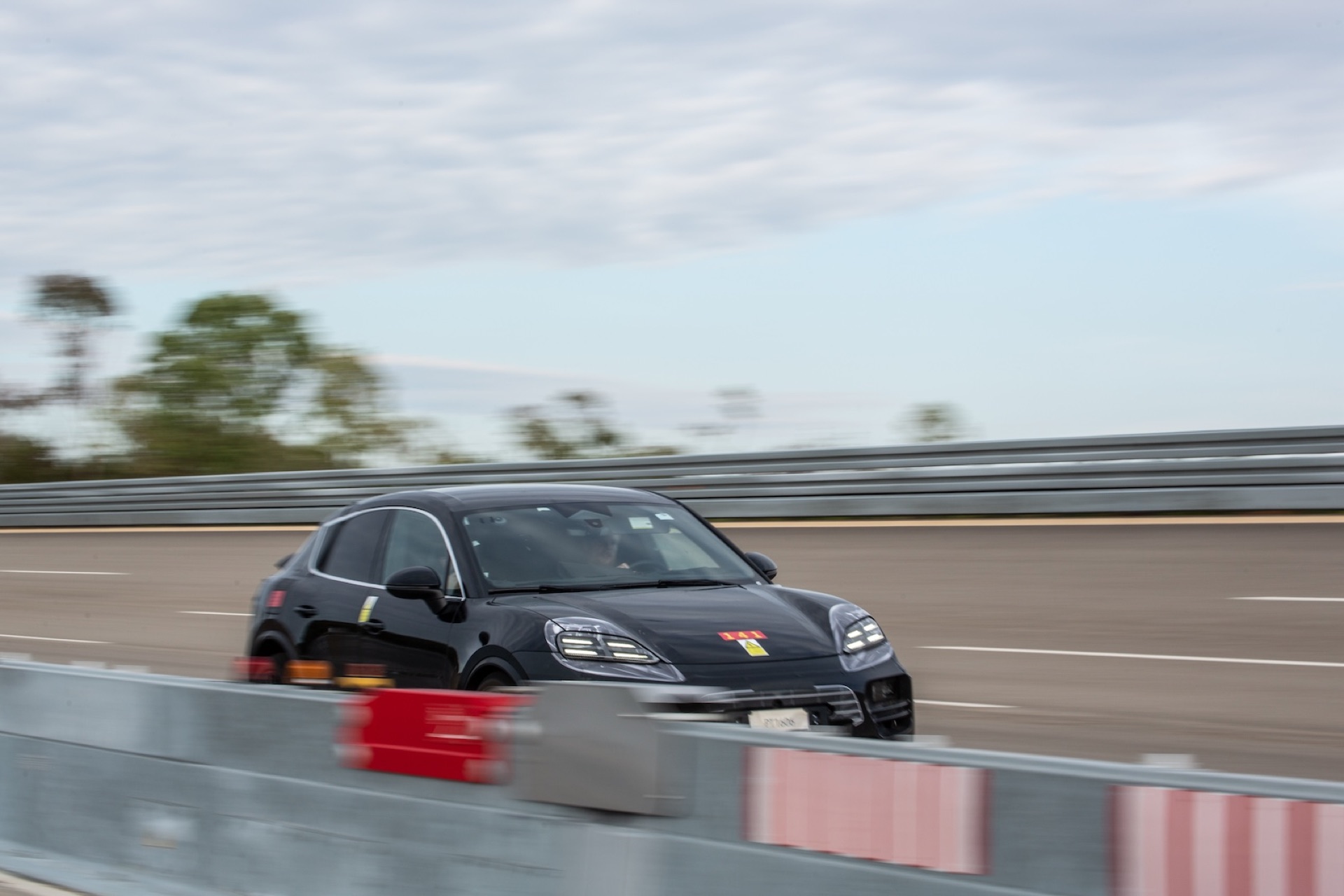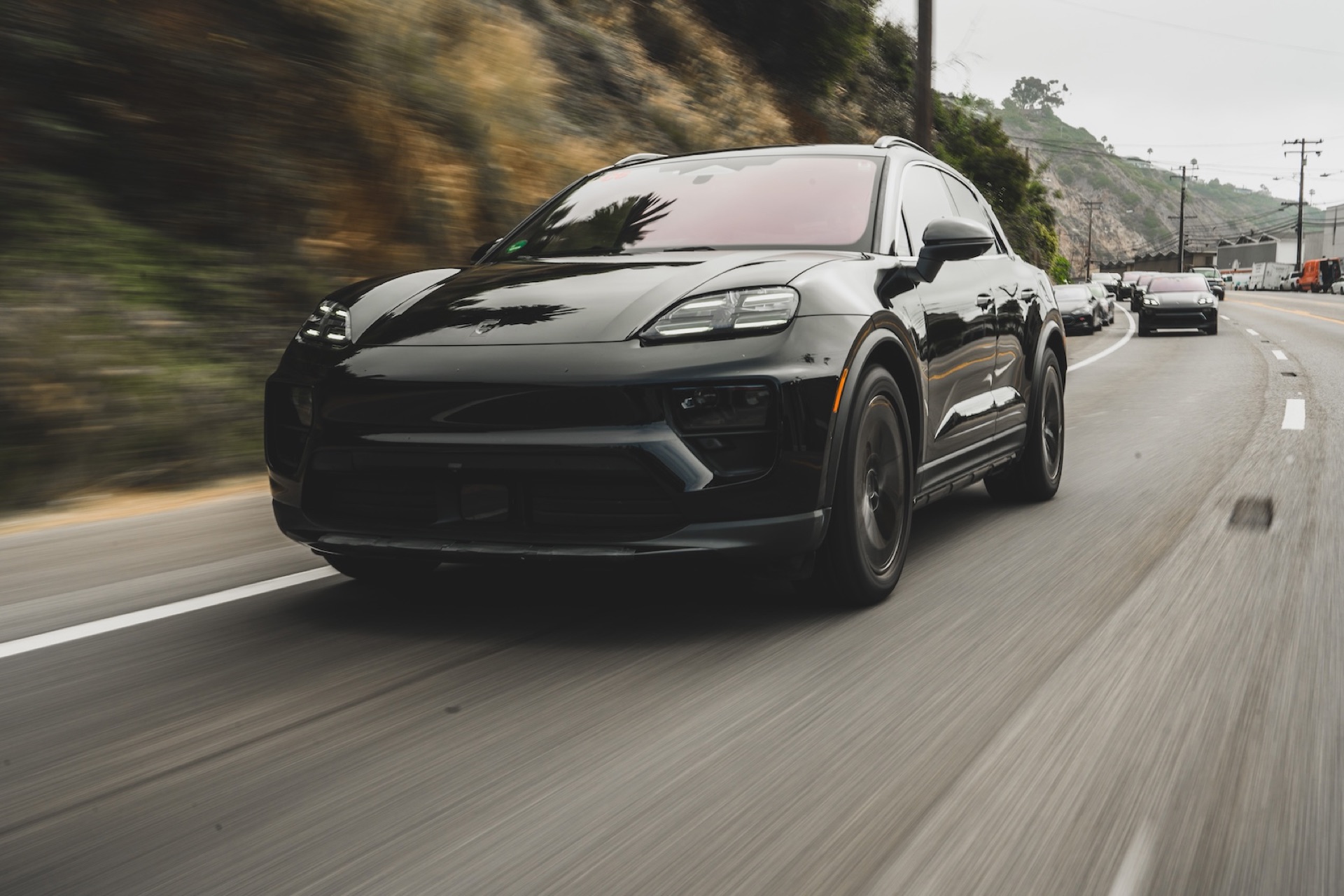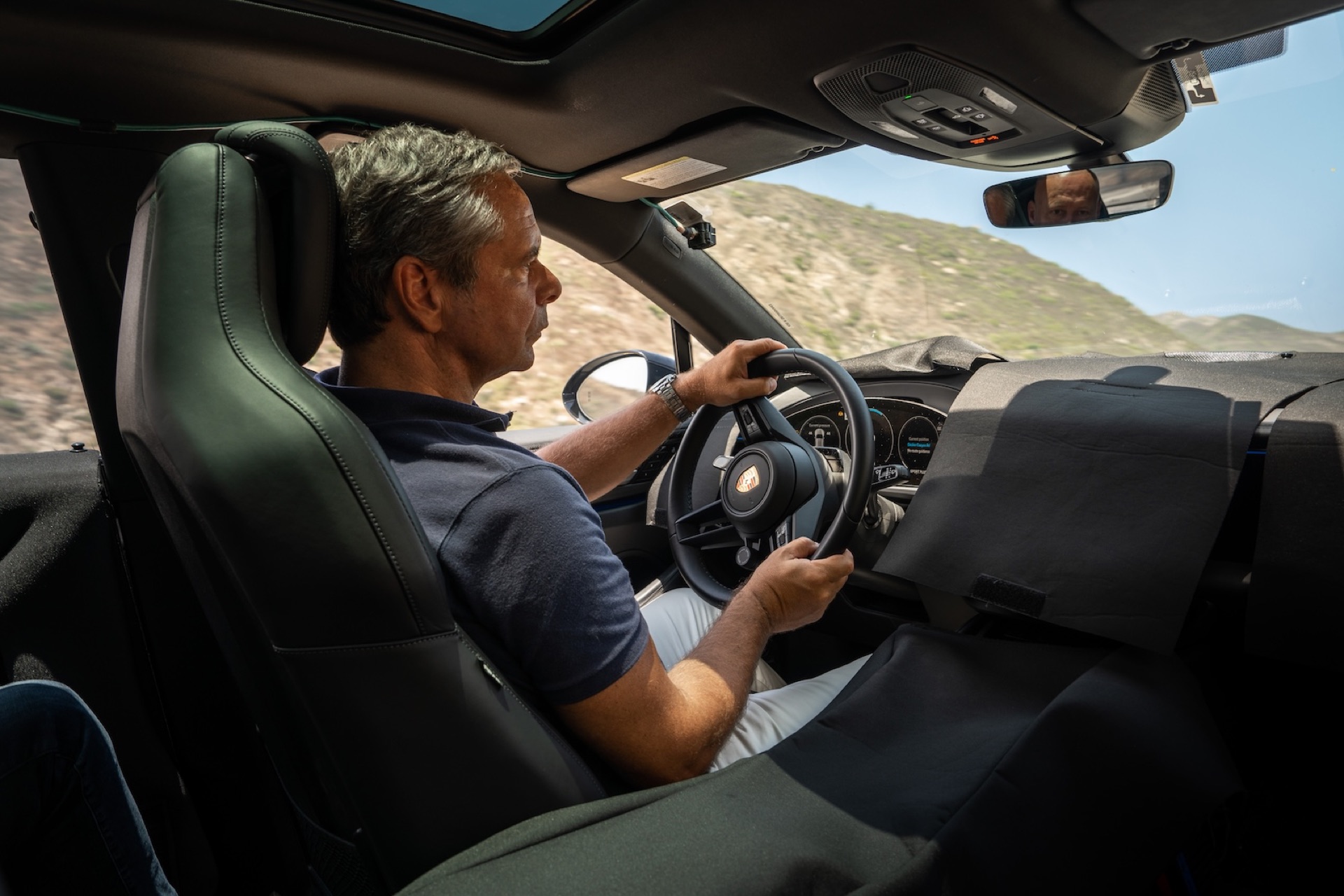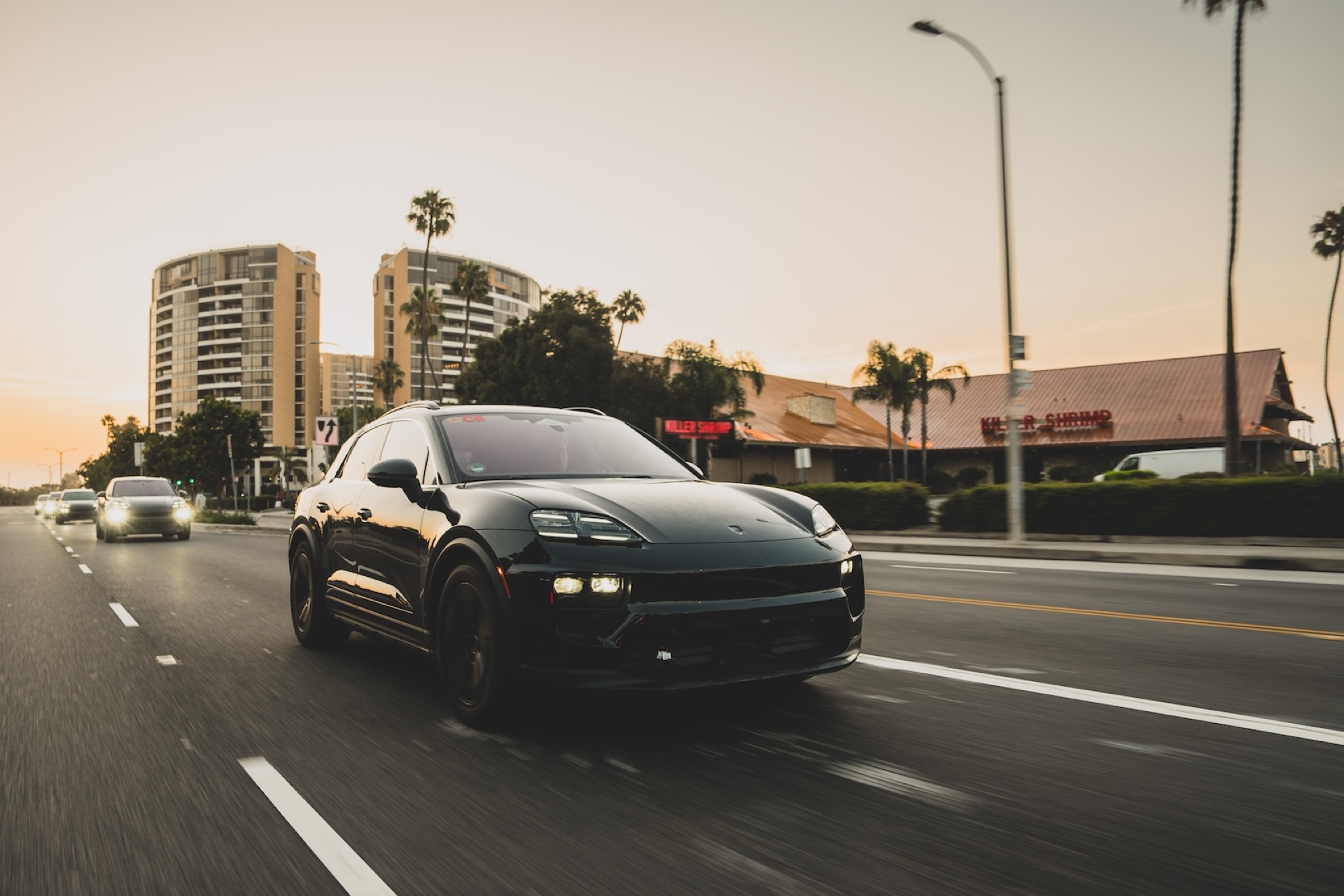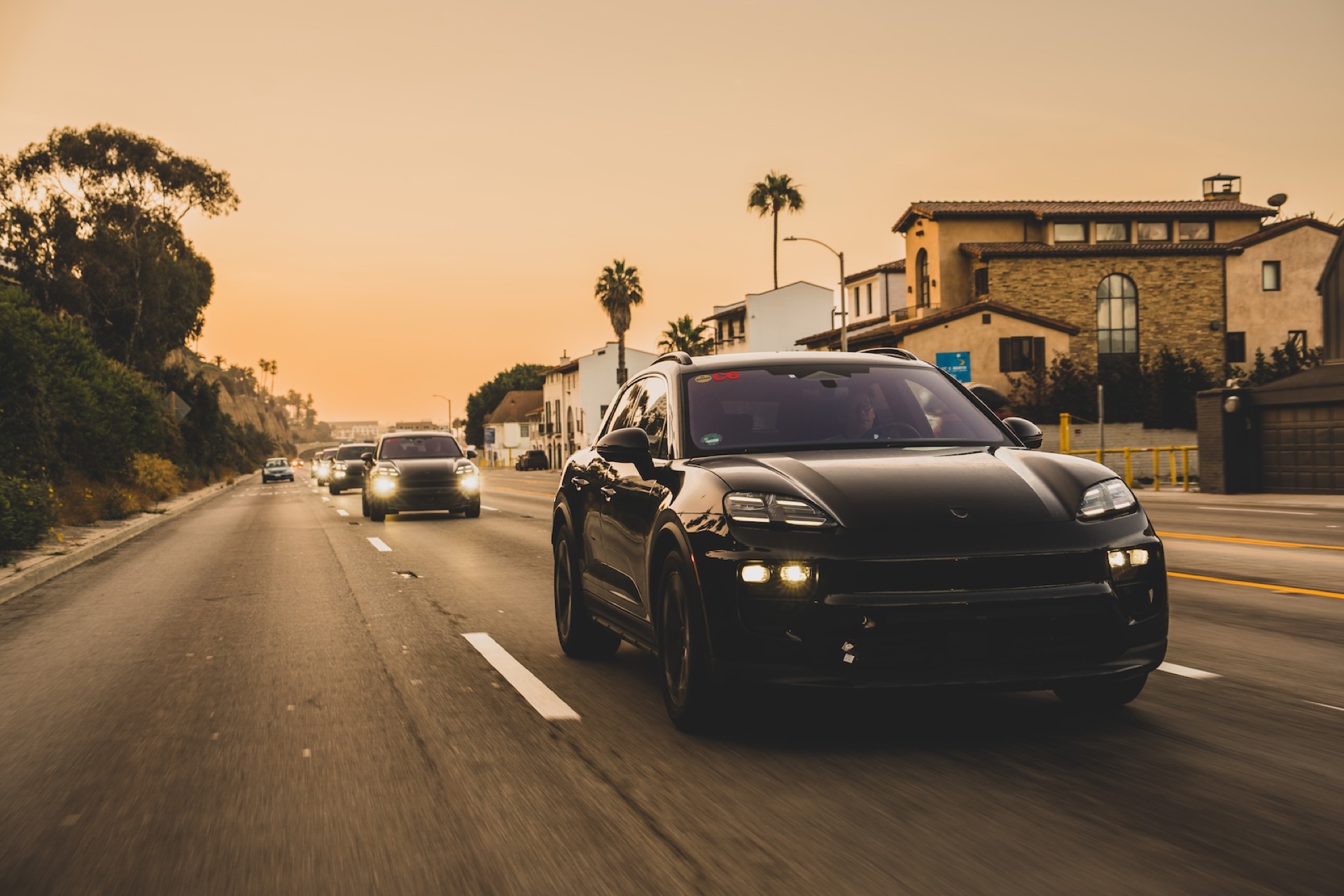The Porsche Taycan was just the beginning, for starting next year, Porsche aims to enter the mass market with its electric Macan. We have already taken the upcoming Macan generation for a drive – and it’s not always whisper-quiet.
Porsche is intent on electrifying as quickly as possible. In the next two years, half of all sales are expected to be electric cars, and by 2030, the Swabians (referring to people from the region around Stuttgart) aim to achieve more than 80% of new registrations with battery electric vehicles. Central to this new model portfolio is the upcoming generation of the Porsche Macan, purely electric, of course. Just as the Taycan platform named J1 was jointly developed with Audi, where it is used in the E-Tron GT, the 800-Volt PPE architecture is also being developed in collaboration with Audi. Almost parallel to the new Porsche Macan, Audi is launching its Q6 E-Tron. The PPE platform offers both brands many possibilities in terms of wheelbase, track width, and ground clearance. The Nickel-Cobalt-Manganese battery can be charged up to 270 kilowatts, just like in the Etron and Taycan.
In the new Porsche Macan, the prismatic cells grouped into 12 modules have a battery capacity of around 100 kWh. In the top model of the Porsche Macan EV, they will power a 450 kW / 612 hp strong drivetrain capable of generating more than 1,000 Nm of torque and covering a distance of over 500 kilometres before the next charging stop is needed. The top model, Macan Turbo, accelerates from 0 to 100 km/h in under four seconds and has a top speed of over 250 km/h. The two electric motors allow all-wheel drive and fully variable torque distribution between the front and rear axles, depending on the selected driving mode and the specific driving situation. The top version comes with a variable electronically controlled rear-axle differential. Robert Meier, head of the Macan product line, said, “The torque distribution will vary depending on the selected driving mode and also depending on the driving style, but the rear motor will always be the dominant one to ensure the rear-wheel-drive handling that we so appreciate at Porsche.”
Initial test drives along the Californian coast impressed particularly when driving quickly. The way the crossover handles on winding roads suggests that it could well become the electric compact SUV with the best road-holding in the world. The roll control is excellent; it steers precisely and quickly even into tight corners and pleases with excellent steering. All this dynamics are achieved without active roll stabilisation, which is only available in the higher-class Cayenne.
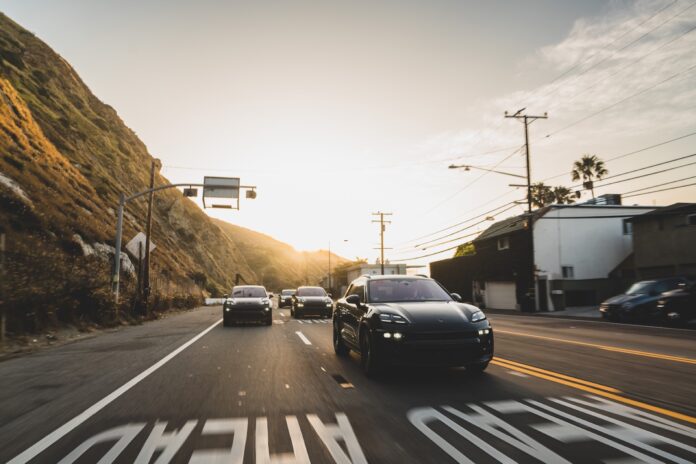
While the teams from Audi and Porsche spent the first nearly three years of development time together, the final test phase focuses on final prototype tuning and specific vehicle applications. The electric Macan features a revised double-wishbone front axle with offset spring strut level. The multi-link rear axle is connected to the body via an elastically mounted subframe, while the rear electric drive unit is directly attached to the structure at four points. Optionally, customers can choose between air or steel springs. A new two-valve shock absorber ensures more distinctive differences between the individual driving modes. Depending on the speed, the ground clearance can be adjusted with the air suspension in favour of comfort, handling or aerodynamics for more range. Also new in the upcoming electric Macan is a rear-axle steering system. Ingo Albers, responsible for chassis development at Porsche, said, “As Porsche, we must ensure that our cars have the best handling on the market. Therefore, we have dynamically opted for a limited steering angle of one degree, while they can statically turn up to five degrees.”

Charging is also progressing. If the charging station operates with 400-volt technology, the Macan uses so-called “Bank Charging” for the first time, in which high-voltage switches in the battery are activated before the charging process. This splits the 800-volt battery into two batteries with a nominal voltage of 400 volts each, which can be charged in parallel at a 400-volt charging station without an additional booster. If required, the charge states of the two halves of the battery are first equalised before they are charged simultaneously. Apart from the 800-volt system voltage, only permanent magnet synchronous electric motors are used in the electric Macan. This design features a rotor in the AC motor fitted with permanent magnets, which generate a permanent magnetic field in the E-module. Compared to asynchronous motors, PSM offers higher power and torque densities, higher efficiency, and better reproducibility of power output. A key development in the Macan’s power electronics is the use of silicon carbide instead of pure silicon as a semiconductor material in the pulse inverter on the rear axle, reducing switching losses and enabling higher switching frequencies.
The driver notices none of this. However, acoustics are a different matter. Michael Klaus, responsible for the acoustics department, explained, “At Porsche, we prefer to replicate the sound of a sports car rather than a space shuttle because we did not become what we are by flying to the moon.” Thus, it has a similar sound to the Taycan but with a bit more bass and masculine frequencies. There are still a few refinements to be made before the electric Macan rolls into dealerships in the first half of next year. However, customers can look forward to plenty of dynamism and driving pleasure.
